Gun violence surges in Grand Rapids, neighborhoods close to Calvin
Grand Rapids has seen a significant rise in gun violence this year. Sergeant Dan Adams of the Grand Rapids Police Department said that 2020 has seen “a 65 percent increase in assaults involving firearms, a 200 percent increase in homicides and a 209 percent increase in shootings.” Overall, gun-related crimes “are the highest they have been in 25 years.”
However, according to geology and environmental science professor Mark Bjelland, Grand Rapids is only a microcosm of a larger national trend. Many major U.S. cities are experiencing a higher number of shootings and homicides.
Bjelland theorized that the increased violence has two main causes: the COVID-19 pandemic and strained relationships between the police and their communities.
“COVID-19 has shut down so many of the social activities like churches, youth programs, and sports leagues that build healthy relationships and defuse tensions,” Bjelland said. “In my hometown of Minneapolis, the number of daily gunshots recorded by ShotSpotter microphones soared after George Floyd was killed by a police officer and finally settled down to a rate double the normal rate.”
To mitigate this threat to public safety, the GRPD has implemented “Operation Safe Neighborhoods” as part of their new strategic plan. Their goal is to better prevent and respond to crime through the use of technologies such as ShotSpotter, a network of microphones that can identify and locate gunshots, and unmanned aerial systems, more commonly known as drones.
But social work professor Joseph Kuilema believes that a “proactive” response is needed to combat the violence as opposed to a “reactive” one. He would like to see Grand Rapids follow in Chicago’s footsteps and implement something similar to the ‘Cure Violence’ program.
“If we’re going to decrease gun violence, it’s going to be through relationships, increased trust, and increased opportunity,” he said.
Some off-campus students live in areas that tend to be more dangerous. The neighborhoods to the west of Plymouth Avenue are more likely to experience gun violence than those to the east. These include the nearby neighborhoods of Madison Area, Oakdale, Garfield Park, and Fuller Avenue, among others. To get a good idea of the current criminal activity in their particular location, students should consult a crime map. Students may also consider creating an account on NextDoor and checking the ‘Safety’ tab in order to stay better informed.
In addition to looking out for their own safety, Bjelland suggests that students should also “look out for each other.”
“It’s more important than ever to know our neighbors and connect with those who are different than us,” he said. “My wife and I pray for our neighbors and have made more of an effort to say ‘hello’ to people we meet on the sidewalk, at the park, or at the store.”



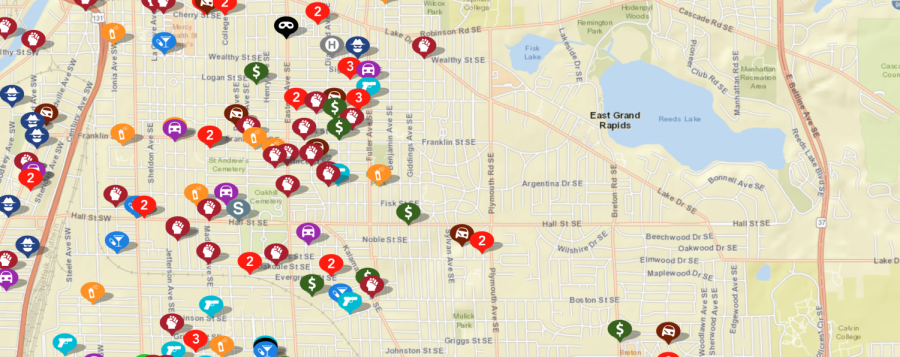
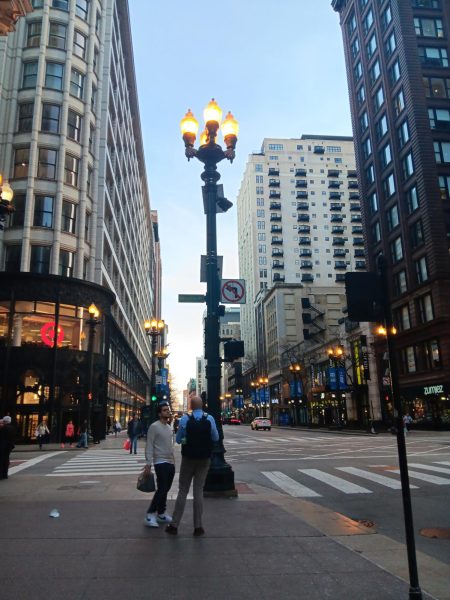
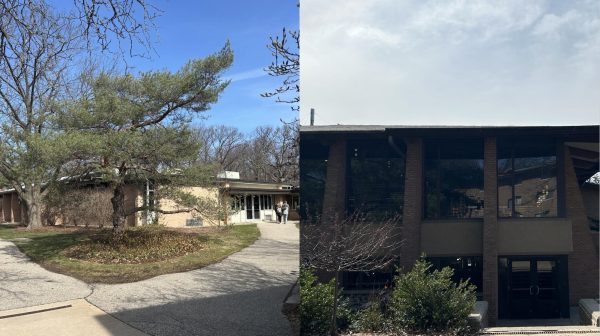
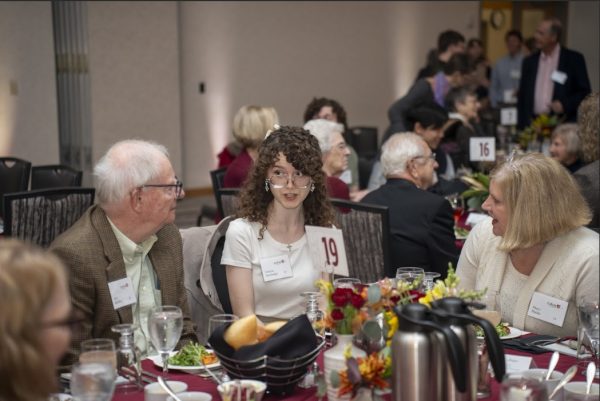
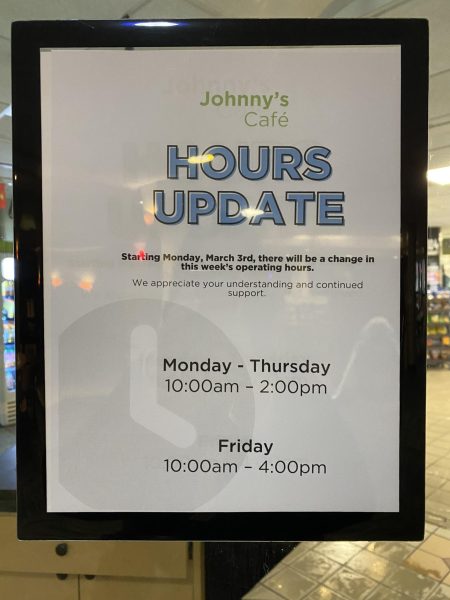
Allison Poosawtsee '07 • Nov 11, 2020 at 12:09 pm
Thanks for reporting on community news that is relevant to Calvin students. I would like to provide two points of feedback:
1) I am concerned that the map thumbnail you provide is small enough that it makes it look like there is rampant gun violence in the area surrounding Calvin, whereas if you click into the map, you see that the majority of the map markers are for other sorts of police calls. The thumbnail, along with the headline focusing on gun violence, makes it look like it is very dangerous to live in southeast Grand Rapids.
2) The overall tone of this article feels like fear-mongering to me. While gun violence is on the rise, it is almost exclusively targeted, and should not cause the vast majority of Calvin students (and their parents who are no doubt reading this) to be concerned. I have lived in SE Grand Rapids since I moved to GR to attend Calvin in 2003 and I have never felt concerned for my personal safety. I am concerned that this article will produce increased fear and make students less likely to engage in the Grand Rapids community. Additionally, this sort of reporting often reinforces stereotypes (often heavily racialized) about living in urban areas. Thanks so much for considering these thoughts.